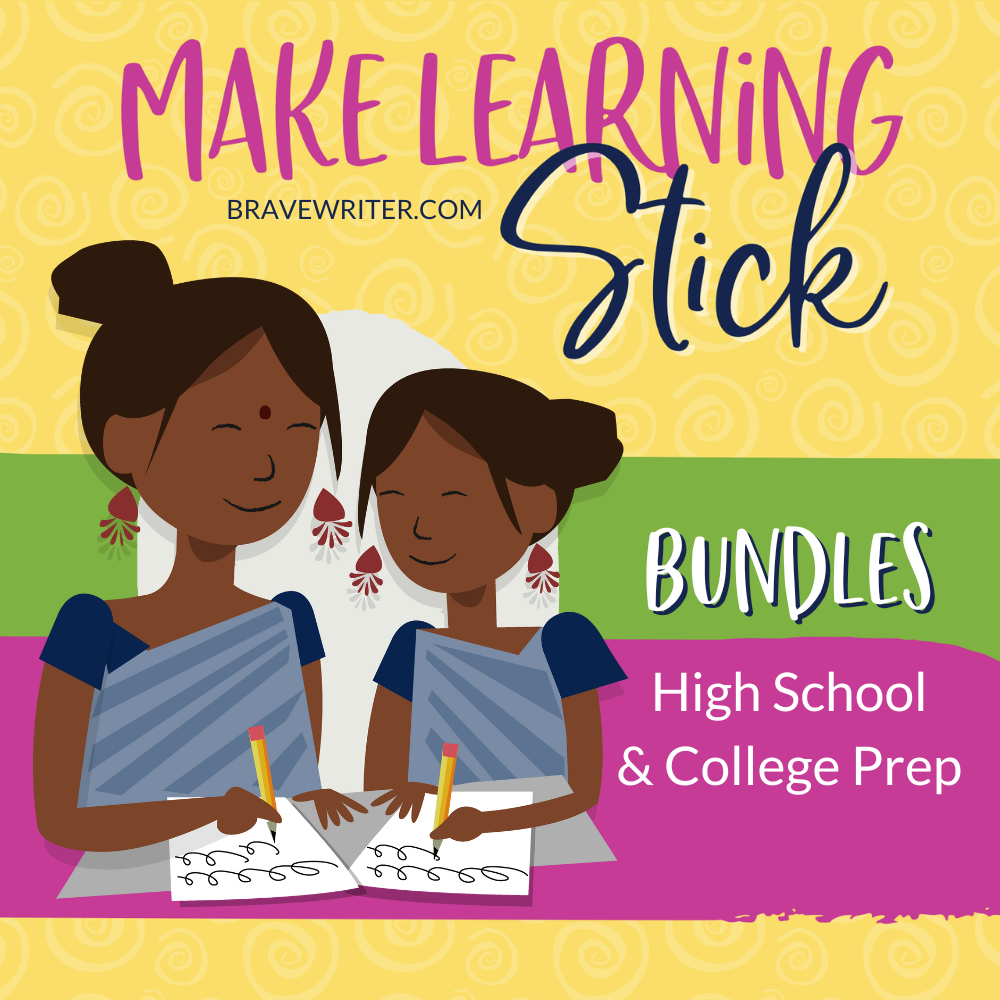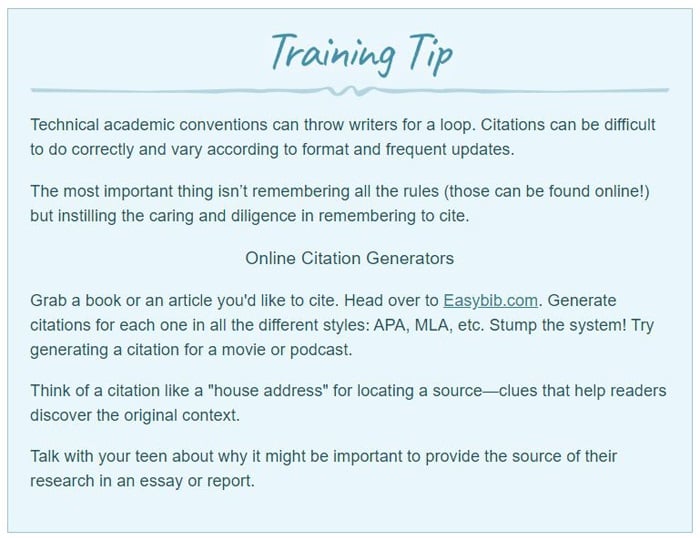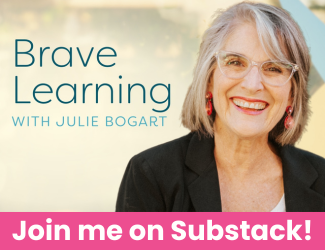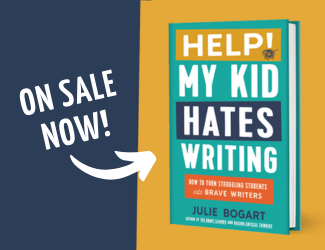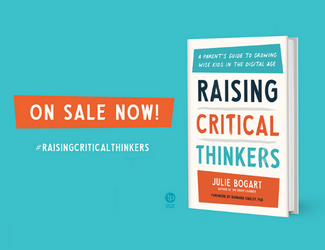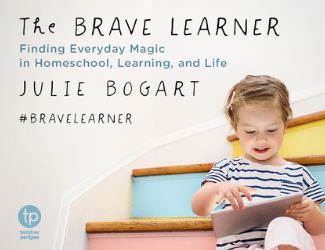
Whether you and your teen are waiting for our Essay Prep: Research and Citation class to start or you’re tackling essays on your own, check out this conversation idea that sets the stage for scholarly discourse.
Warmup Exercise
Help your kids learn the difference between a qualified statement and a sweeping statement.
Sweeping Statement
Here’s an example of a sweeping statement:
White sugar makes kids hyperactive and unruly.
When you make a statement like the one above, the reader feels motivated to invalidate it. They want to find an exception! So they search their minds for the one kid who eats sugar all day long and is mostly a sweet, sleepy kid.
That’s not what you want in a persuasive essay.
Qualified Statement
Instead, make a qualified statement—which invites the reader to consider if they’ve seen that correlation:
For some kids, white sugar can create hyperactivity and sometimes leads to unruly behavior.
Immediately, the reader tries to validate the argument by finding examples from their own experience that match the statement.
Qualified statements seem like they’d be less persuasive, but they are actually MORE persuasive and much more effective in academic writing.
With your student, create other examples of sweeping and qualified statements.
Essay Prep: Research and Citation
Once upon a time, students got their information from books at the library, not the internet. Remember that? One thing’s for sure, the academic terrain is different from when we were in school!
You need a refresher. Your kids need the low-down. That’s why we created Essay Prep: Research and Citation.
This class teaches:
- How to find reliable, essay-worthy information on the internet
- How to take notes and collect your research effectively
- The most current expectations surrounding how to format an essay
- How to cite sources (to avoid inadvertently plagiarizing!)
- The trick to skilled paraphrasing
Print the materials from this online class, and voilà! You have a handbook for all your teen’s academic writing needs until college, and without fretting over skills you’ve forgotten!



